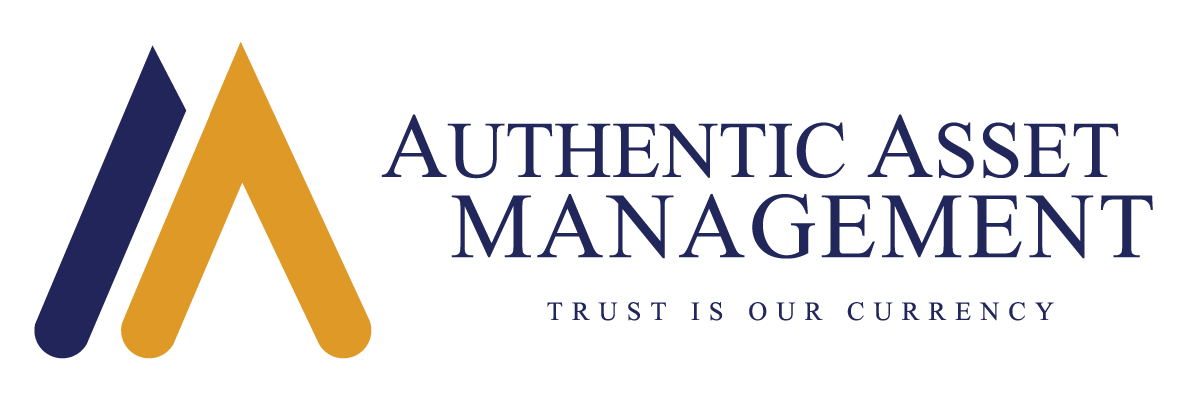Windfall to bondholders
Interest rates globally have collapsed. US 10-year government bonds now yield 2.0%, down from 2.5% at the end of Q1 2019. Incredulously, 10-year Greek government bonds are also now yielding just 2%, despite having credit ratings that are of speculative grade.
These yields look meagre until alternatives are considered. Following the US lead, Canadian 10-year government bonds have slipped back to a 1.5% yield. In Europe, the 10-year German government bond is now at negative –0.4%, and this is dragging more and more European country bonds below the zero bound (0% interest rate). French, Dutch, Swedish, Austrian and Belgian equivalents have all fallen below the zero bound. Stir in Japanese and Swiss and the total amount of subzero-yielding debt has hit $13 trillion.
Slumping interest rates translate into rallying bond prices, providing a windfall gain for government bond holders. In the extreme, holders of the 100-year bonds issued by the Republic of Austria in late 2017 have enjoyed a 60% rally in price! Now they yield just a tad over 1%.
Four interest rate drivers
Four factors are driving interest rates back to ultra-low levels: slowing economic growth, possible softening inflation, excess capital seeking a home, and an expression of willingness by central bankers to engage in a renewed phase of monetary policy easing if conditions deteriorate any further from here.
The root causes of these factors range from reasonable causation to opaque guesswork. Global trade growth is losing momentum. Trade tensions have increased levels of uncertainty, so firms are being cautious with their capital investment plans. Rising debt loads are restraining consumption. Many balance sheets are bloated and concentrate their investments in low risk assets. More challenging to nail down are the drivers of inflation. Many central bankers remain perplexed that with developed economies at or near full employment, workers still lack sufficient bargaining power to drive wages, and therewith inflation, higher. Various technologies are driving productivity gains and certainly contributing to price pressures. However, these are proving challenging for statisticians to fully estimate and may be leading to under-representation in inflation models.
Ironic equity market celebration
The irony as we see it, has been the confidence rather than concern that lower interest rates have instilled in equity markets so far this year.
Granted, benefits accrue to corporations. Financing costs are improved. As far as analyst valuation models are concerned, they also supply a lower discount rate which raises the present value of future earnings.
Nonetheless, how long can bad news, by heralding in lower interest rates, be good news for equity prices? The flipside is that slowing economies and soft inflation imply lower revenue growth, excess capacity, and competitive pricing pressures. Indeed, semiconductor market revenues are forecast to decline -13% this year (+8% in 2020). For markets overall, earnings growth is expected to range from slightly negative in the US to slightly positive in Europe in Q2 2019, without improvement in Q3. Companies will look increasingly expensive if these lower interest rates and other developments, such as greater confidence in and access to Chinese demand, don’t improve the growth outlook as we get into the Autumn.
Kissing the longer run goodbye
The longer run, as perceived by central bankers and economists, is defined by target equilibriums. Economies grow at their productive potential and inflation advances at a stable positive rate.
At AUTHENTIC, another major round of monetary policy easing means kissing the longer run utopia goodbye. Excess finance is stoking the system. The OECD reports a record $2 trillion in US and European leveraged loans outstanding. Furthermore, over 50% of investment grade corporate bond issuance is now of the lowest quality rating. Private equity firms’ only complaint is the dearth of opportunities to pile into! That too will open up as governments step up financing to improve digital and transportation infrastructure to reinvigorate growth.
The bottom line is that as debt keeps rising, the interest rate ceiling above which borrowers choke on their debt loads, keeps falling. At current levels, wary of sudden busts, we are patient with deployment of new Client funds.

